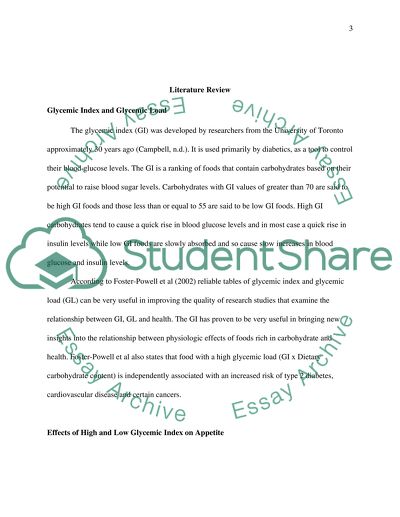Cite this document
(“Effect of glycemic index/load of a meal on subsequent food intake Dissertation”, n.d.)
Retrieved from https://studentshare.org/family-consumer-science/1415861-effect-of-glycemic-indexload-of-a-meal-on-subsequent-food-intake
Retrieved from https://studentshare.org/family-consumer-science/1415861-effect-of-glycemic-indexload-of-a-meal-on-subsequent-food-intake
(Effect of Glycemic index/Load of a Meal on Subsequent Food Intake Dissertation)
https://studentshare.org/family-consumer-science/1415861-effect-of-glycemic-indexload-of-a-meal-on-subsequent-food-intake.
https://studentshare.org/family-consumer-science/1415861-effect-of-glycemic-indexload-of-a-meal-on-subsequent-food-intake.
“Effect of Glycemic index/Load of a Meal on Subsequent Food Intake Dissertation”, n.d. https://studentshare.org/family-consumer-science/1415861-effect-of-glycemic-indexload-of-a-meal-on-subsequent-food-intake.


